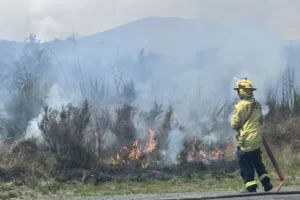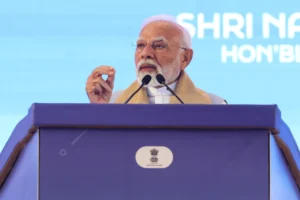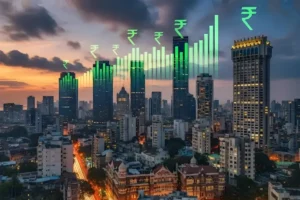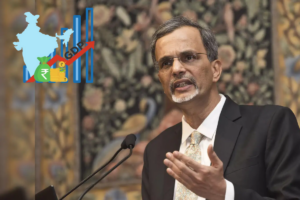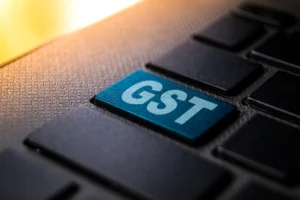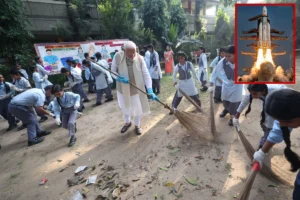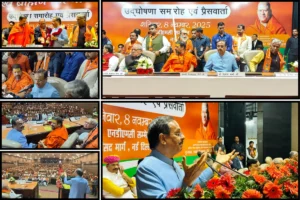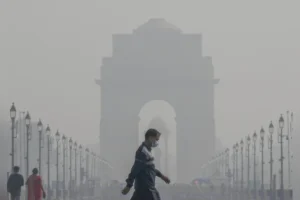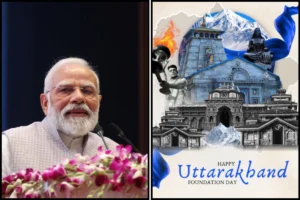
Smog engulfed Delhi-NCR on Sunday as the Air Quality Index (AQI) dropped into the ‘very poor’ and ‘severe’ categories across several areas.
The choking haze reduced visibility and forced residents indoors, marking one of the worst pollution days of the season.
The Central Pollution Control Board (CPCB) reported a 24-hour average AQI of 361, with 24 out of 39 monitoring stations recording AQI levels above 400.
The data revealed that stations in Wazirpur (424), Bawana (424), and Vivek Vihar (415) registered the most alarming figures.
Among the areas hit hardest were Rohini (435), Nehru Nagar (426), Bawana (426), RK Puram (422), and ITO (420).
The overall AQI stood at 391 in Delhi, 391 in Noida, 366 in Greater Noida, 387 in Ghaziabad, and 252 in Gurugram — reflecting hazardous conditions across the National Capital Region.
On Saturday, Delhi had already been flagged by the CPCB as the most polluted city in India.
Neighbouring regions, including Noida (354), Greater Noida (336), and Ghaziabad (339), mirrored the severe air quality levels, confirming a widespread pollution crisis.
Weather Conditions and Pollution Factors
The India Meteorological Department (IMD) forecasts that the minimum temperature will hover around 13°C over the next week.
Cold winds during mornings and evenings are intensifying the chill, while stagnant air is trapping pollutants closer to the ground.
The IMD stated that falling temperatures and low wind speed are preventing the dispersion of pollutants, causing smog and fog to mix and form dense haze layers.
Persistent vehicular emissions, dust from construction activities, and industrial output continue to be major contributors to the worsening air quality.
Health experts have warned that prolonged exposure to such pollution levels can severely affect respiratory health, particularly in children, the elderly, and individuals with asthma or heart ailments.
Authorities have advised residents to limit outdoor activities, especially during early mornings and late evenings when pollutant concentrations are at their peak.
People are also urged to wear N95 or equivalent masks when outdoors and use air purifiers indoors where possible.
The toxic smog has once again reignited concerns about Delhi’s recurring winter pollution crisis.
Despite the implementation of measures such as curbs on construction, restrictions on vehicle movement, and awareness drives, the national capital continues to battle dangerously high pollution levels each year.
Experts have called for stricter enforcement of emission controls, enhanced green cover, and regional cooperation to mitigate the recurring pollution surge that engulfs Delhi-NCR every winter.
Also Read: Delhi Airport Faces Major Flight Disruptions As ATC Glitch Hits Over 400 Flights
To read more such news, download Bharat Express news apps









